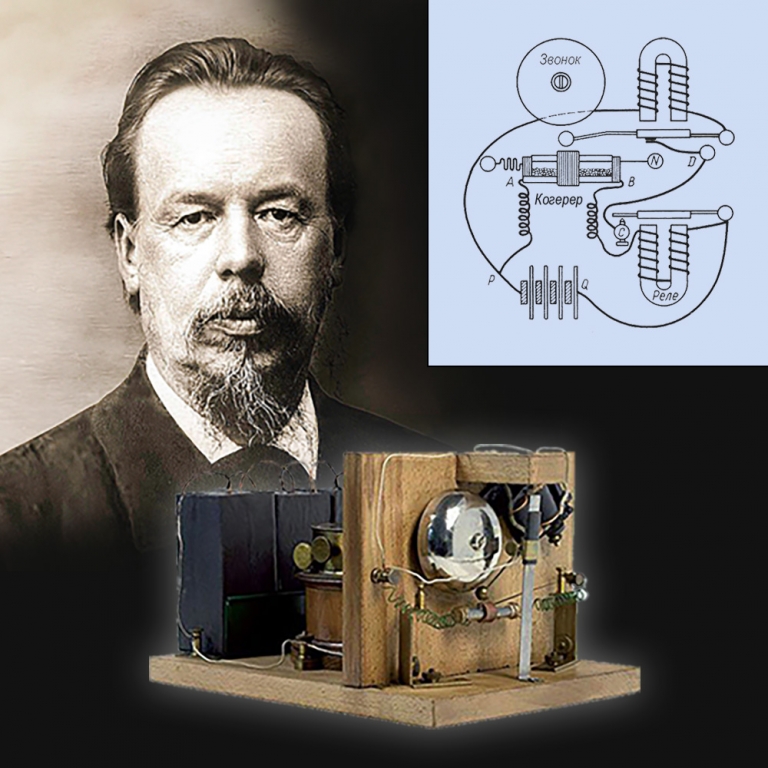May 7 - Radio and Communication Day

The day of May 7 went down in the history of world science and technology as the Birthday of Radio and Communications.
It was on this day in 1895 at a meeting of the Russian Physical and Chemical Society that Russian physicist Alexander Stepanovich Popov made a report and demonstration of the world's first radio receiver, having made the first session of radio communication.
In July, 1897, Popov, in a letter to the newspaper "Novoe Vremya", notes: "The merit of discovering the phenomena that served Marconi belongs to Hertz and Branly, followed by a whole series of applications started by Minchin, Lodge and many after them, including myself, and Marconi was the first to have the courage to get on practical ground..."
The first irregular radio broadcasts in Russia were conducted since 1919 from the Nizhny Novgorod radio laboratory, and since 1920 from experimental radio broadcasting stations in Moscow, Kazan.
The establishment and popularization of radio broadcasting in the country in the 1920s was promoted by the mass radio amateur movement, which began to develop after the opening of the Comintern radio station in Moscow in 1922. Regular radio broadcasting began on November 23, 1924, when the first issue of the radio newspaper was broadcast.
Since 1929, regular foreign broadcasting - broadcasting of radio programs to foreign countries - began from Moscow.
Radio Day became an official annual public holiday in 1945, the fiftieth anniversary of the invention of radio, when, taking into account the role of radio in the cultural and political life of society and in the defense of the country, the government of the USSR adopted a decree.
By the Decree of the Presidium of the Supreme Soviet of the USSR of October 1, 1980 "On holidays and memorial days" May 7 was included in the list of holidays as "Radio Day, holiday of workers of all branches of communication".
The invention of radio was the beginning of the development of information technology. It became the basis for the creation of radio communication systems, navigation systems, mobile communications, wireless data exchange networks and the Internet.
As part of the structured system for monitoring and control of engineering systems of buildings and structures (SMIS) in accordance with GOST R 22.1.17-20.16, solutions are provided for the subsystem of communication and crisis management (SUKS), which increase the efficiency of rescue and other emergency operations in case of threat and occurrence of emergency situations, including those caused by a terrorist (criminal) act.
